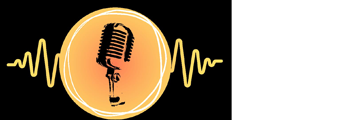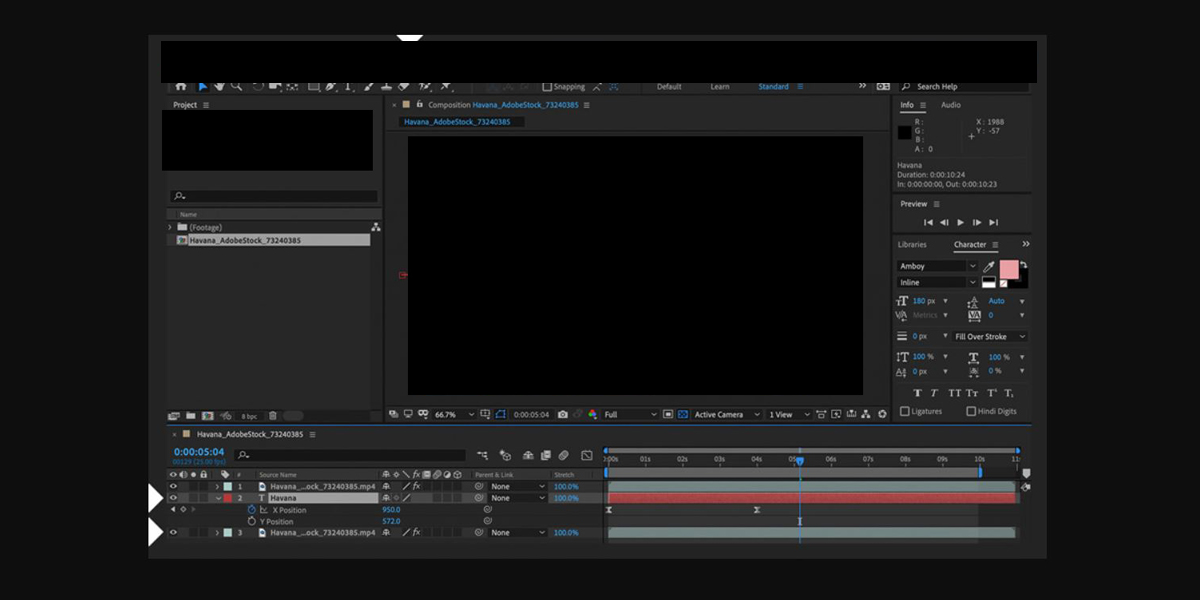Rotoscoping in Adobe After Effects is the craft of isolating subjects from backgrounds, frame by frame or with intelligent tools, so you can replace environments, add effects, or build seamless composites. It combines precision masking, motion understanding, and careful edge treatment to make the final shot feel native to the plate. Artists choose between automated selections and meticulous paint work depending on motion complexity and shot length. With practice you will create clean mattes that respect hair detail, motion blur, and lighting sync. This guide explores Top 10 Rotoscoping Techniques in Adobe After Effects with practical steps, pitfalls, and tips for speed, accuracy, and polish.
I. Roto Brush 3 for primary isolation
Start with Roto Brush 3 for fast primary isolation. Set propagation to standard and step through on twos to reduce jitter. Use the Add and Subtract strokes to teach the edge, then switch to the Refine Edge tool over hair and semi transparent fabric. Toggle Alpha Boundary view to inspect chatter. When the core looks stable, click Freeze to lock propagation. Use Reduce Chatter at low values, and Motion Blur set to automatic for natural streaks. Finish by expanding or contracting the matte by small amounts, and soften with a light feather to blend against the plate.
II. Bezier masking with Mocha AE tracking
For rigid or predictable motion, combine Bezier masks with Mocha AE tracking. Draw clean masks around large shapes on the base layer, naming each region for clarity. Track planar surfaces in Mocha AE, then link mask vertices to the tracked surface using the plugin or by pasting tracking data. Animate only necessary vertices, prioritizing arcs over zigzag paths. Keep masks per limb or garment to avoid intersections. Use Mask Expansion to maintain consistent coverage when the subject shifts in depth. Feather inside a few pixels to avoid background leaks, and pre compose for tidy organization and reuse.
III. Hybrid workflow using Roto Brush base plus splines
Build speed and accuracy with a hybrid approach. Create a rough matte with Roto Brush for the overall silhouette, Freeze it, then duplicate the layer. On the duplicate, use Bezier masks to correct areas where the propagation failed such as hands, hair tips, or thin straps. Organize masks into additive and subtractive groups so interactions remain predictable. Apply Simple Choker or Matte Choker sparingly to tighten edges, then restore fine detail using Refine Soft Matte. Render both mattes into a single pre comp using Set Matte to combine alphas. This layered method lowers revisions and stabilizes edges.
IV. Edge quality management for hair and motion blur
Edges sell the composite, so prioritize consistent softness and detail. Use Refine Edge and Refine Soft Matte to recover wispy strands, but keep the decontamination low to avoid color holes. Match motion blur by enabling composition shutter settings that mirror the camera. When blur changes per shot, render a separate vector pass using Pixel Motion Blur on the matte only. Check the alpha in full resolution to catch chatter. Use Minimum and Maximum effects in channel mode to expand or contract edges by sub pixel increments. Finally, comp the subject over a neutral gray to judge softness without background bias.
V. Decontamination and spill control on edges
Color spill ruins realism. Before heavy decontamination, first balance the foreground plate using curves to neutralize over saturated edges. Use Advanced Spill Suppressor on a duplicate subject layer, limiting it with the matte as an effect mask. Blend the decontaminated layer at a reduced opacity so skin tones stay natural. For clothing edges, sample a small area and apply Hue Saturation to target the contaminated hue range only. Add a subtle edge light using Inner Shadow in layer styles or a soft masked solid to integrate with the new background. Work at full resolution to avoid banding.
VI. Articulated limbs and clean holdout mattes
Complex motion requires segmentation. Create separate mattes for torso, head, each arm, and each leg, then parent them in a pre comp for organization. Use holdout mattes so a front arm can occlude the body cleanly without inverse mask gymnastics. Animate mask paths with ease handles, favoring fewer points placed at anatomical pivots. When limbs cross, duplicate the layer to create a temporary intersection matte and blend using Alpha Add. Stagger keyframes by a frame or two to mimic real motion overlap. This modular approach simplifies revisions and produces stable edges during fast action. Review silhouettes at quarter speed to verify contacts.
VII. Paint and patch problem frames
Some frames defy automation. For these, duplicate the layer and use the Clone Stamp in a paint workspace to patch gaps or remove background slivers inside the matte. Paint on a new target layer rather than directly on footage to keep changes editable. Use a small soft brush with low flow to build tone gradually. When objects leave the frame, extend pixels using Content Aware Fill guided by a garbage matte. Render the fixed areas and merge them with the main matte using a track matte. Document your paint frames in markers so future revisions are fast and traceable.
VIII. Depth banding for light and focus integration
Quality composites need depth aware mattes. Split the subject into foreground, mid, and background parts based on camera motion and occlusions. Create independent mattes for each band, then use them to drive light wraps, defocus, and grade separations. Apply Light Wrap on the edges facing the new environment to simulate bounce. Blur background bands slightly more to match depth of field. If the new plate has directional light, add a soft masked luminance layer to the subject side facing that light. Control all bands through a master null with sliders for edge width, wrap intensity, and defocus amount.
IX. Temporal consistency and chatter reduction
Temporal stability separates amateur roto from production work. Audit the alpha channel at full resolution playback and mark frames with chatter spikes. Use Refine Edge duration set over several frames to encourage temporal smoothing. Apply De flicker based on luminance on the pre comp if illumination changes cause breathing edges. Enable Motion Blur and tune shutter angle to match the plate exposure time. When the subject pauses, reduce feather slightly to prevent halos. Finish with a three frame median using an erode dilate stack on the matte to hide micro flicker while preserving overall edge shape.
X. Shot planning, quality control, and delivery
Great roto starts before the first stroke. Begin with a clean plate analysis, noting shutter angle, lens, and any rolling shutter artifacts. Decide on segmentation, choose base methods, and set naming conventions. Work from easy sections to hard sections so momentum stays high. Preview over a checker background and an approximate comp to judge integration. Deliver alphas as pre multiplied and straight versions, with frame ranges, color space notes, and version numbers documented in the render name. Include contact sheets showing edge fidelity at several zoom levels so supervisors can review quickly and give precise feedback.

